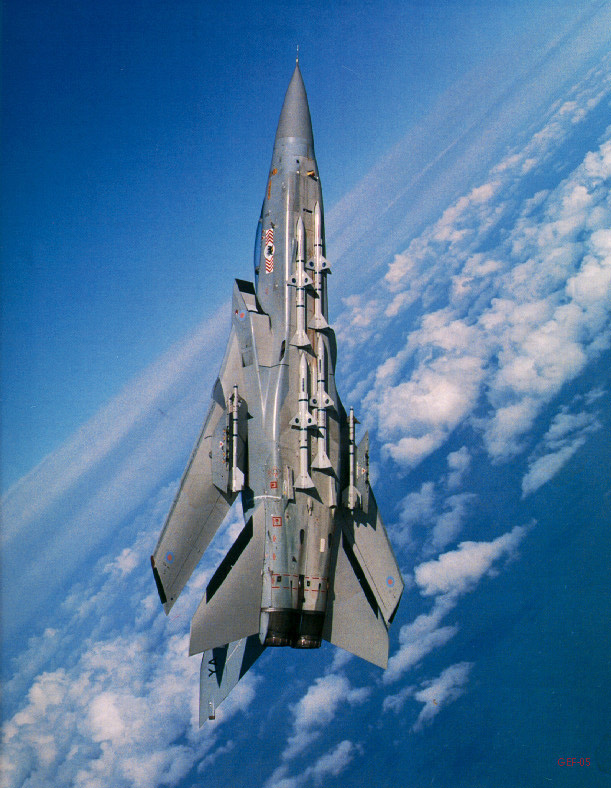Some information from Jane's Radar and Electronic Warfare Systems 1990-91.
The Improved UKADGE (IUKADGE) programme began in 1984.
It was controlled from ADOC at High Wycombe and linked with the French STRIDA at Tours and Doullens, six NADGE sites plus AWACS and some surface ships.
The main system was the IUKADGE Command and Control System (ICCS) which would link all the sites, AEW/AWACS and ships. It was due to enter service in 1987 but several years behind schedule, Jane's refers to it as "the biggest software-based system in Europe". Integration seems to have been the main problem (perhaps unsurprisingly given the technology of the day) and several of its component parts came up short of expectations. ICCS was being developed by the UKSL team (Hughes, Marconi and Plessey). To sort out the problems both Thorn EMI and Ferranti received contracts to work on the TRIADS study (Technique for Realising an Integrated Air Defence System) which was completed and submitted to the MoD in 1989/90 to provide ICCS with bolt-on processing and discrete communications for Link-16 (JTIDS). The Jane's entry estimated completion of ICCS in 1992 without TRIADS and that the latter might take until the late 1990s to complete. Interim JTIDS installations were completed by 1990.
For the ground radar element of IUKADGE 12 mobile radars were required for use at pre-prepared sites with a time of 6 hours to go operational. Three different radars were acquired:
- two D-band GE AN/TPS-592 (at Buchan and Benebecula)
- four D-band Marconi S723 Martello
- six E/F-band Plessey AR-320 (delivered 1987-89)
Both TPS-592s, two of the Martellos and half of the AR-320s were funded by NATO. The rest was UK funded.
A captured ex-Argentine AN/TPS-43 was also installed at Buchan. Cyprus received one of the earlier S713 Martello radars.
In August 1987 a consortium led by ICL received a £37M contract to develop a new computer-based Command, Control and Information System (CCIS) to link UKAIR HQ, a standby HQ, and major RAF and USAF stations with links to Central Region CCIS, UK Maritime CCIS and IUKADGE. The was jointly NATO and UK funded.
By 1990 the Data Buffer Network was operational, this parallel IUKADGE's intended role with a largely autonomous response to low-level threats, it was linked to the AEW fleet and processed that data for inputting into IUKADGE. Thorn EMI upgraded three of the five buffer stations on the northern and eastern coasts and linked all five with a high-speed secure data network.
The estimated cost of IUKADGE in 1990 was $1Bn, with complete upgrading of the UK air defence system likely to cost £7Bn ($11.2Bn) by the end of the 1990s.
Both Marconi and Plessey continued developing their radar lines but I suppose that the industrial mergers of the 1990s would have had an impact, although the Martello series was still selling until the early 2000s.

